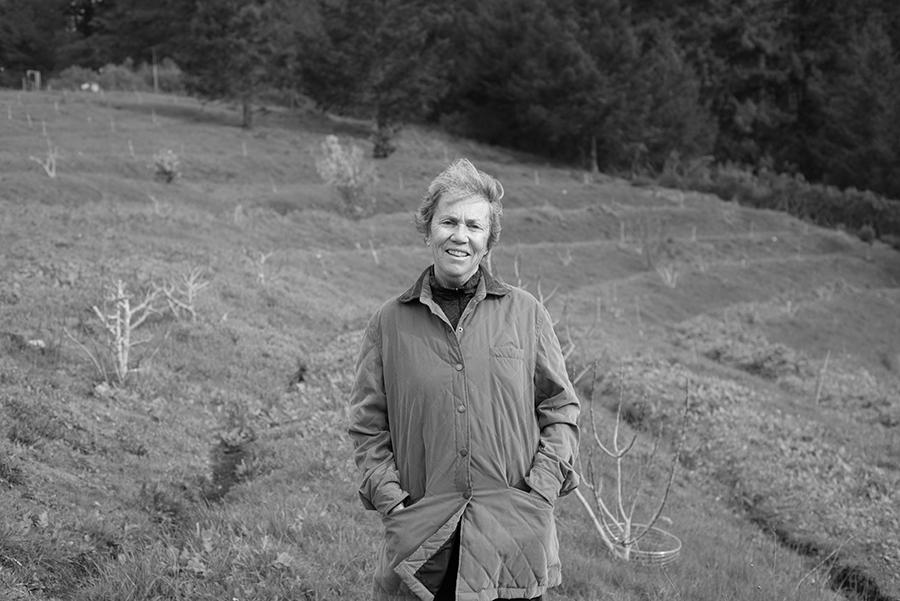An effort has sprouted in the San Geronimo Valley to convert part of the bygone golf course’s 157-acre property into farmland, returning . . .
Locals call for farming revival on golf course


An effort has sprouted in the San Geronimo Valley to convert part of the bygone golf course’s 157-acre property into farmland, returning . . .